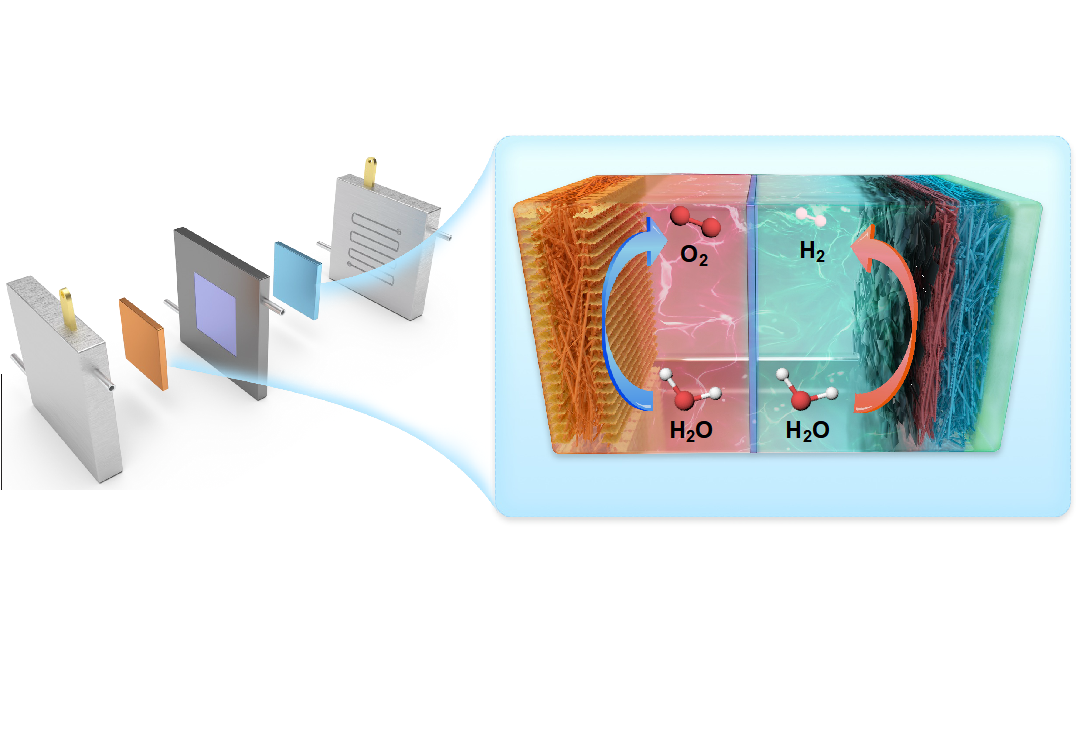Traditional nanomaterials are known to have high exposure of surface atoms. By amorphization of these nanomaterials, these surface atoms can further be activated into surface active sites, showing extraordinary activity and cycling stability in catalytic reactions, such as electrocatalytic hydrogen production/oxygen production/nitrogen reduction, and lithium/sodium/potassium ion secondary battery.
